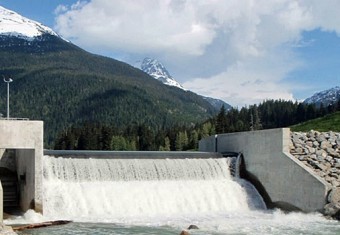

Abstract
To mitigate the effects of climate change and to meet increasing human demand for energy and food, a range of renewable energy sources are being promoted at global level despite our poor understanding of their potential ecological consequences. I plan to provide a spatial planning tool for prioritizing energy – environment land allocation in Western North America, using the case of small hydropower projects (Run-of-River, RoR) in British Columbia, Canada. Individual RoR projects are expected to have only modest ecological footprints, but widespread implementation of such projects (e.g., several thousands of potential locations have been identified in British Columbia alone) has the potential to lead to substantial cumulative effects in both aquatic and terrestrial environments. I will develop spatially-explicit cumulative impact models to evaluate whether or not opportunities for (1) conserving biodiversity and ecosystem services and (2) production of renewable energy can occur simultaneously. This approach will integrate the economics of power production (costs, revenue, power capacity), and the physical impacts of RoR on species and ecosystems, and articulate the tradeoffs that may exist between biodiversity conservation and renewable energies under different development scenarios. The key result will be a prioritization of watersheds that achieve both conservation and power production goals based on economic potential, ecological integrity, or both. This project will provide a flexible spatial planning tool that can be used directly by resource managers and conservation practitioners to strategically locate renewable energy projects so that biodiversity protection is not compromised.
